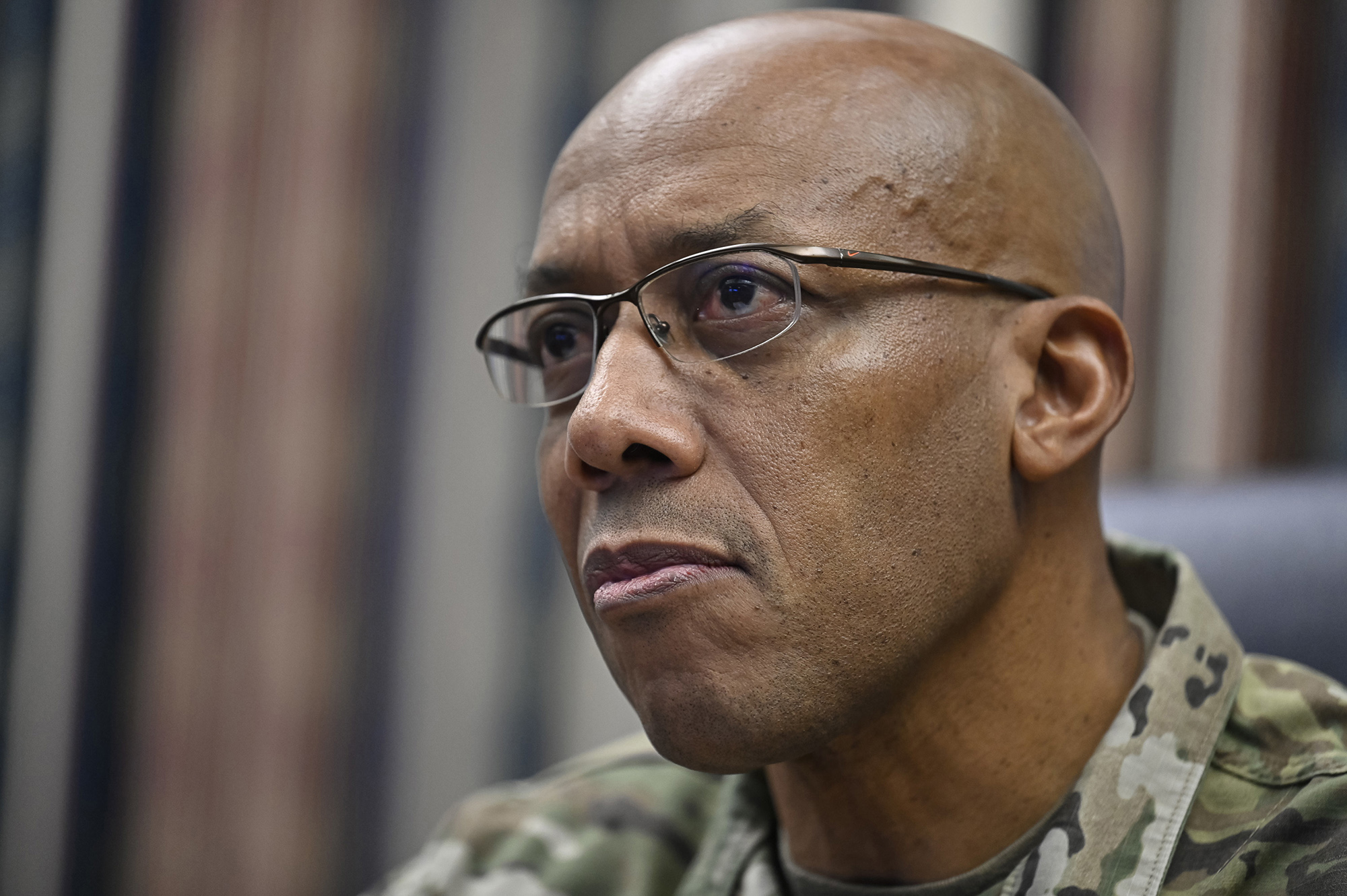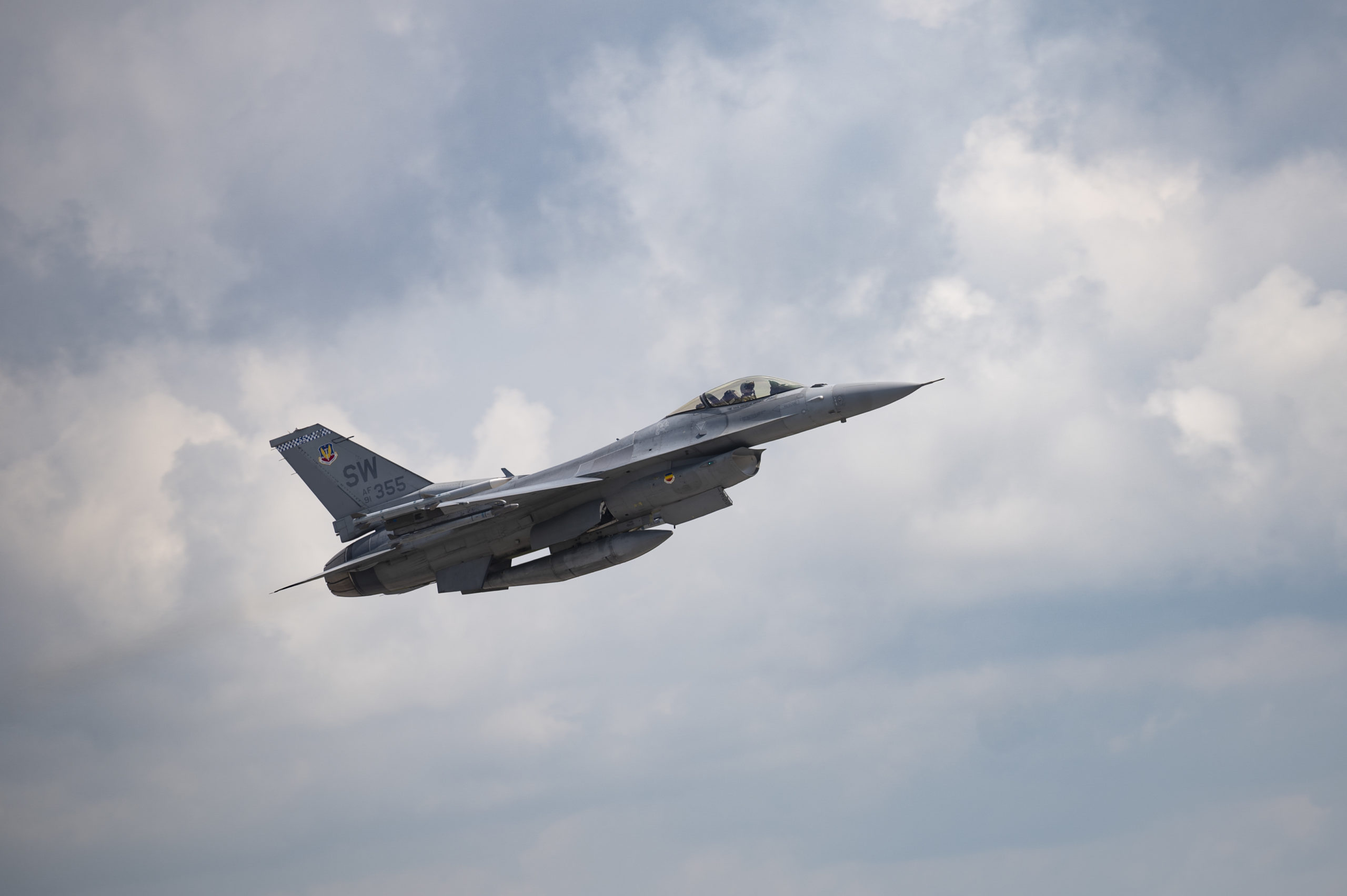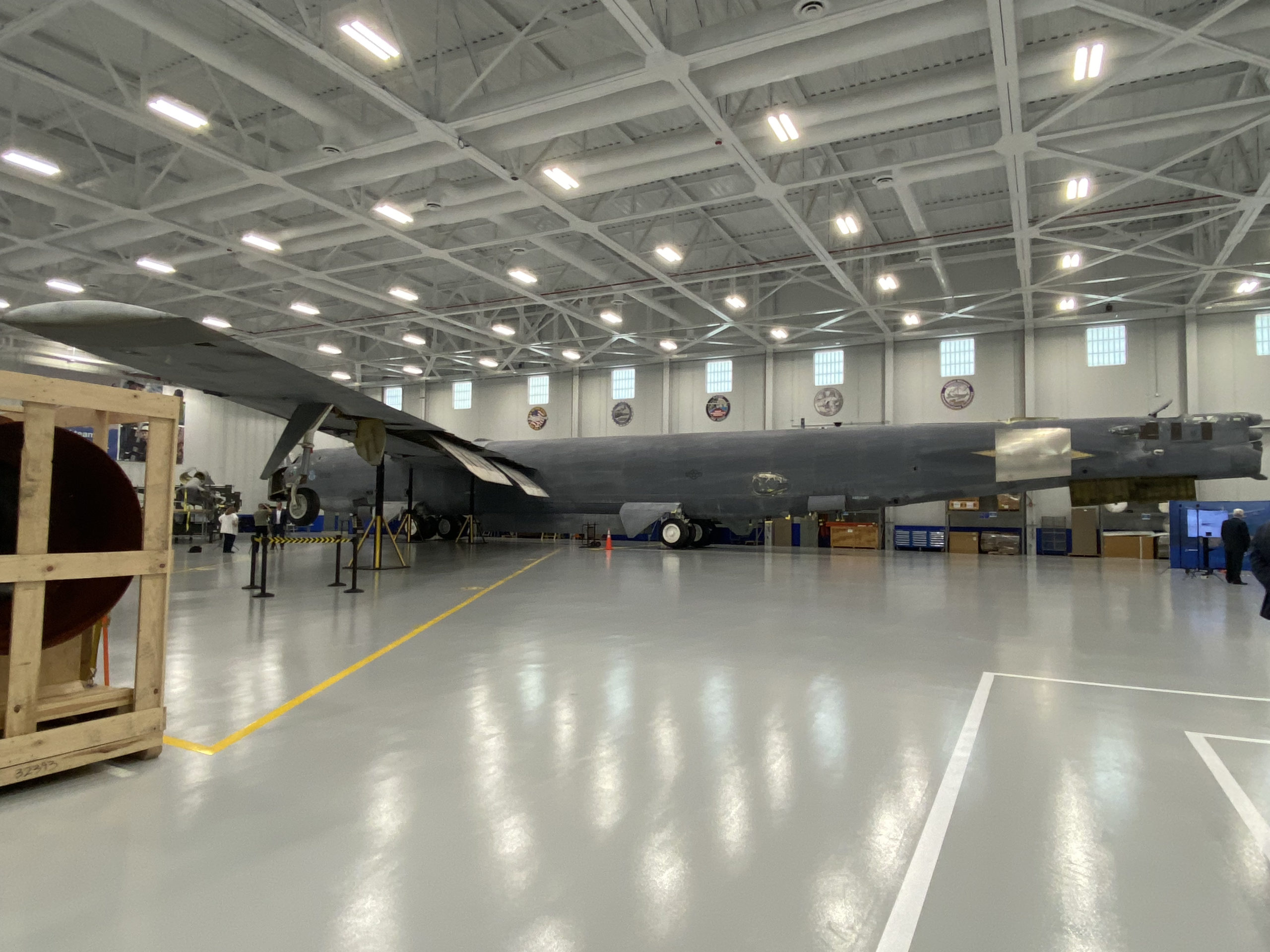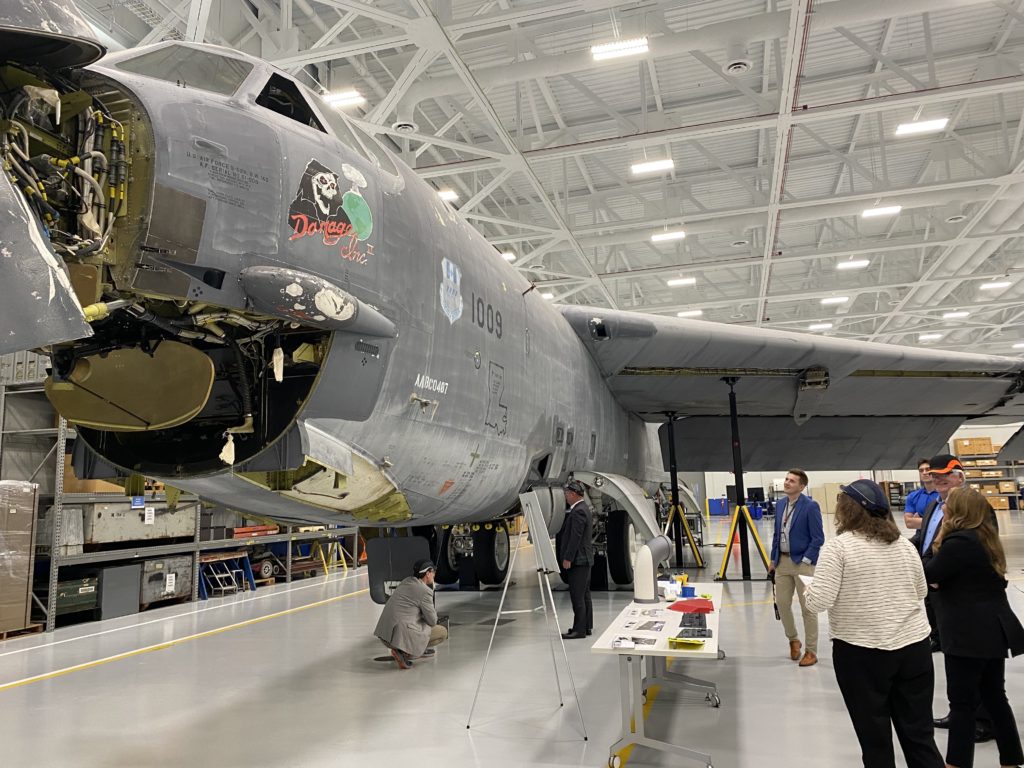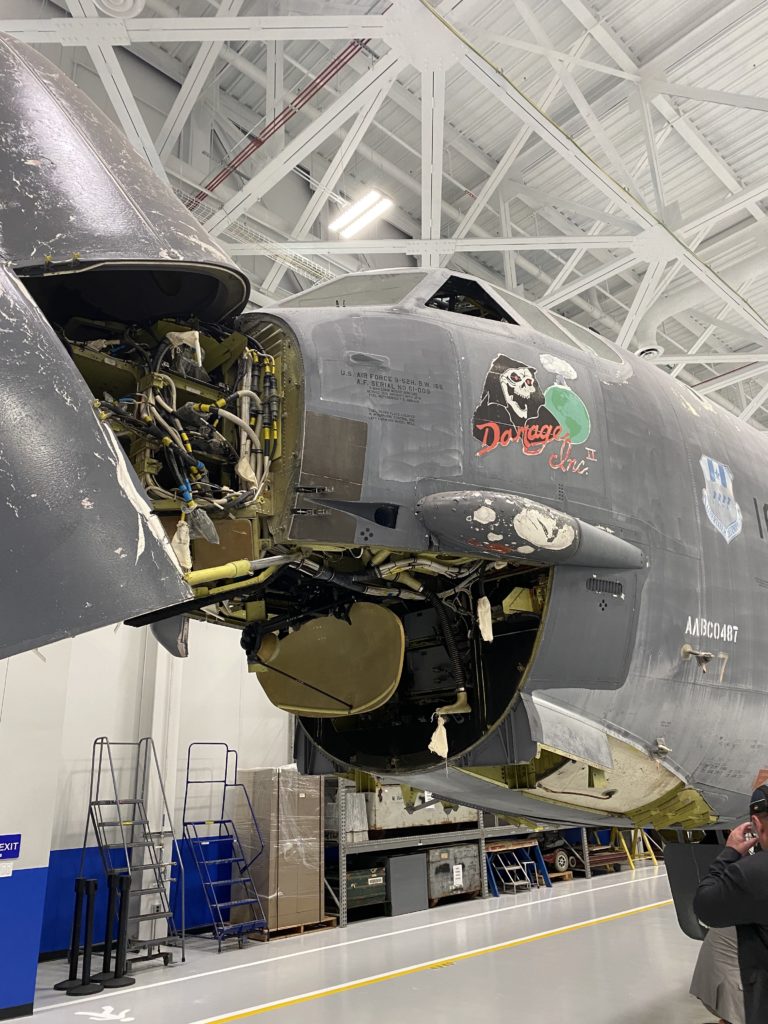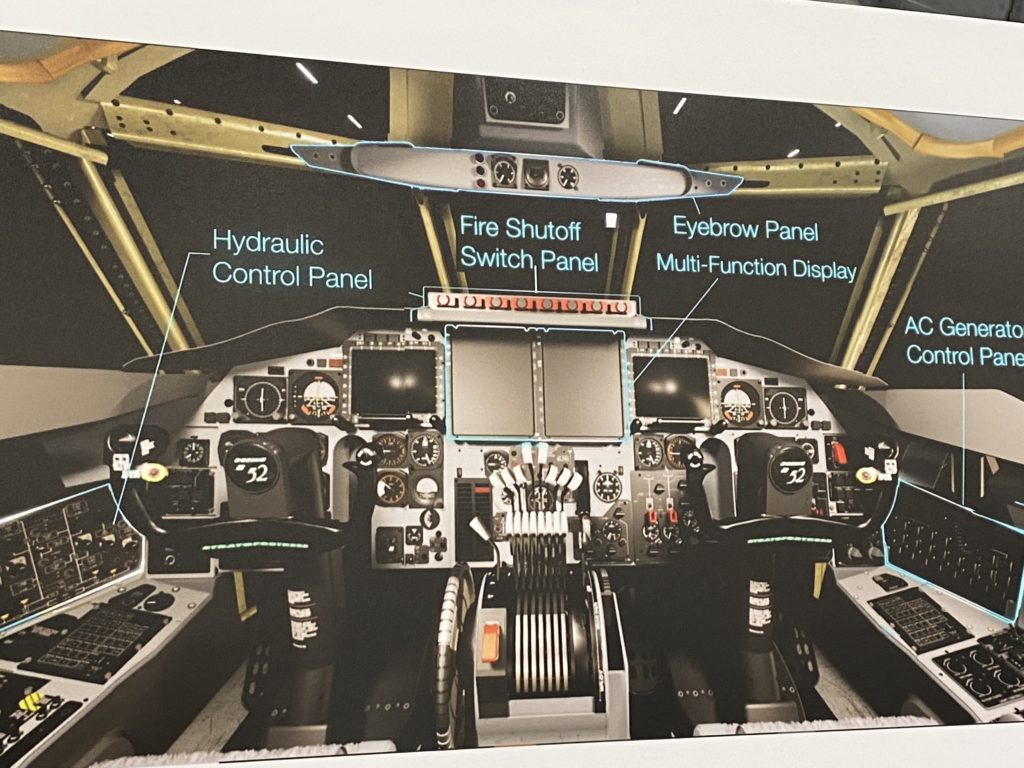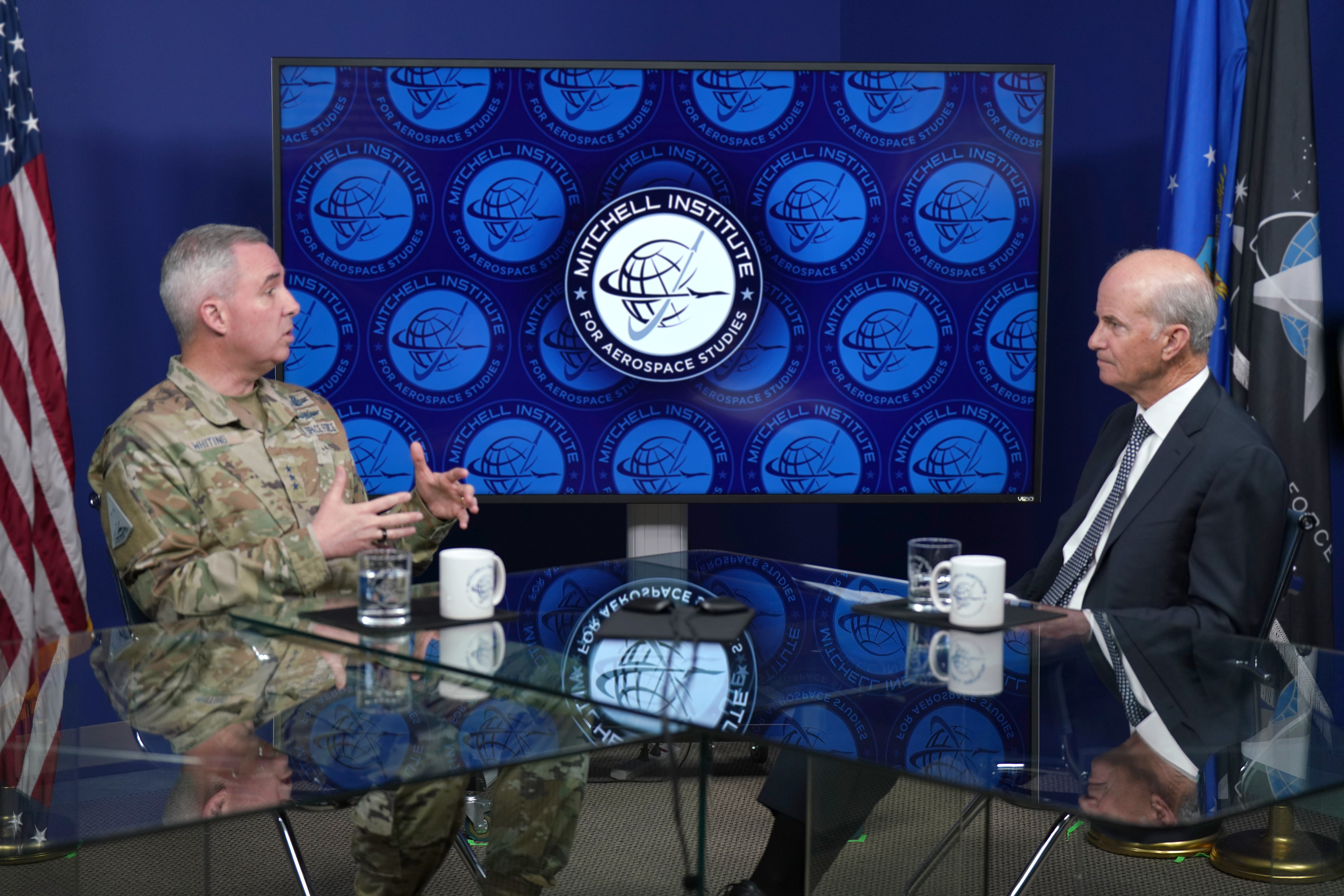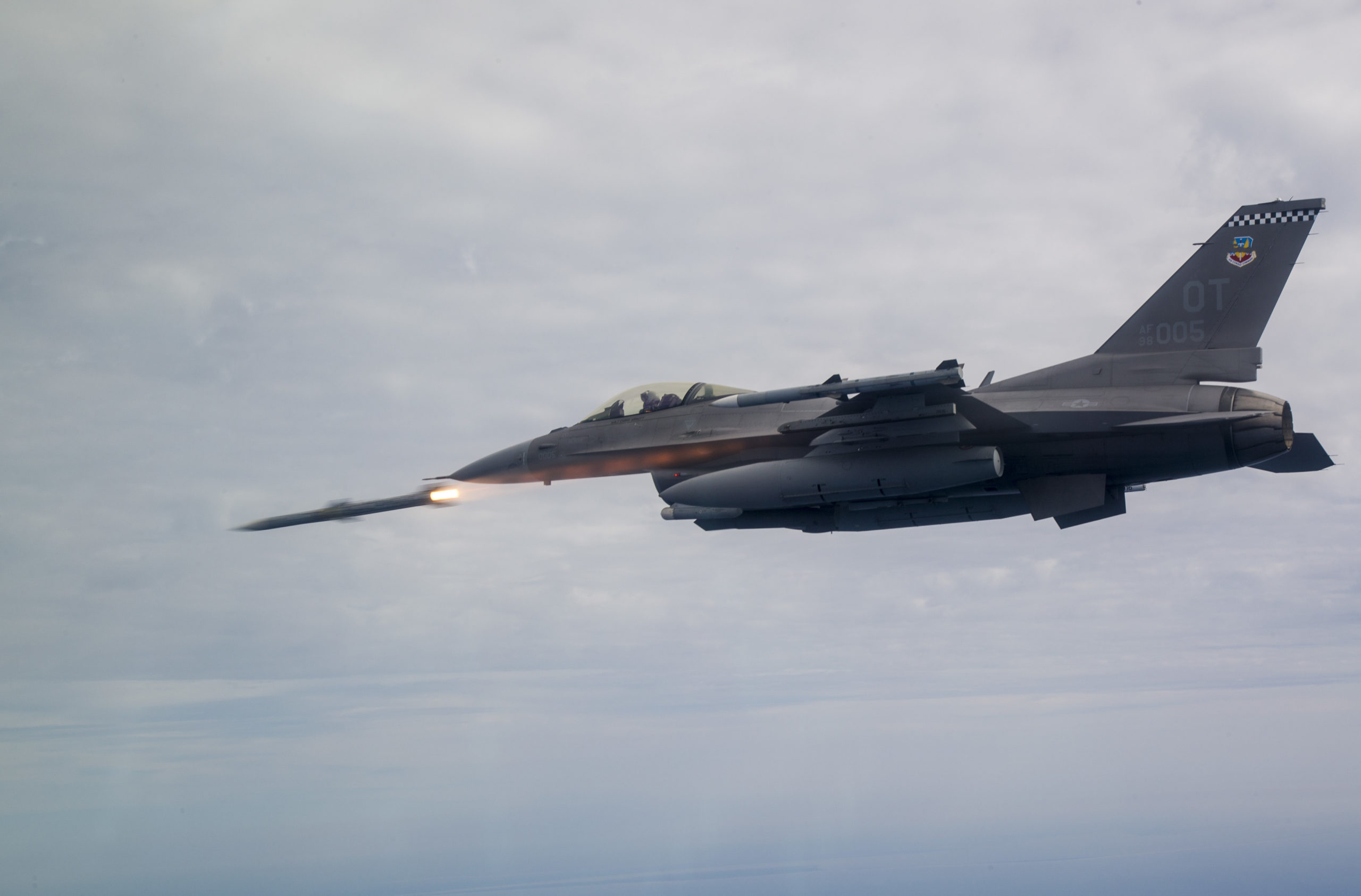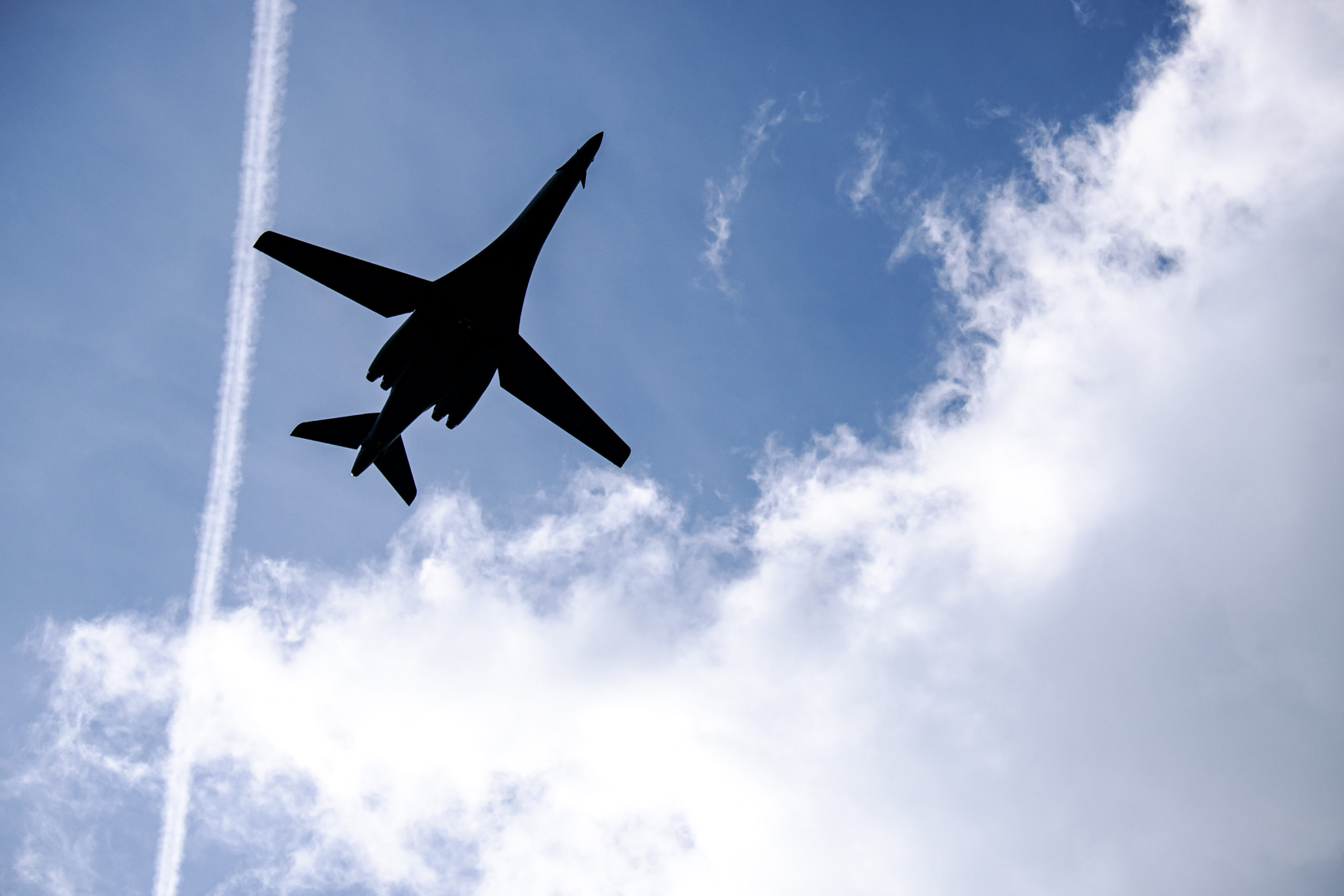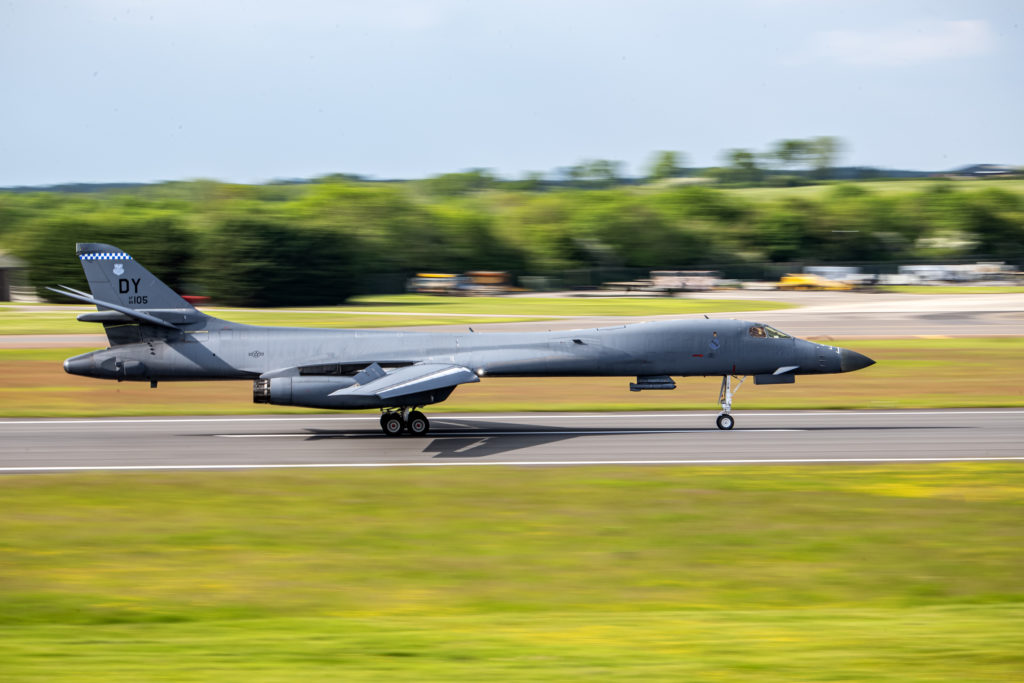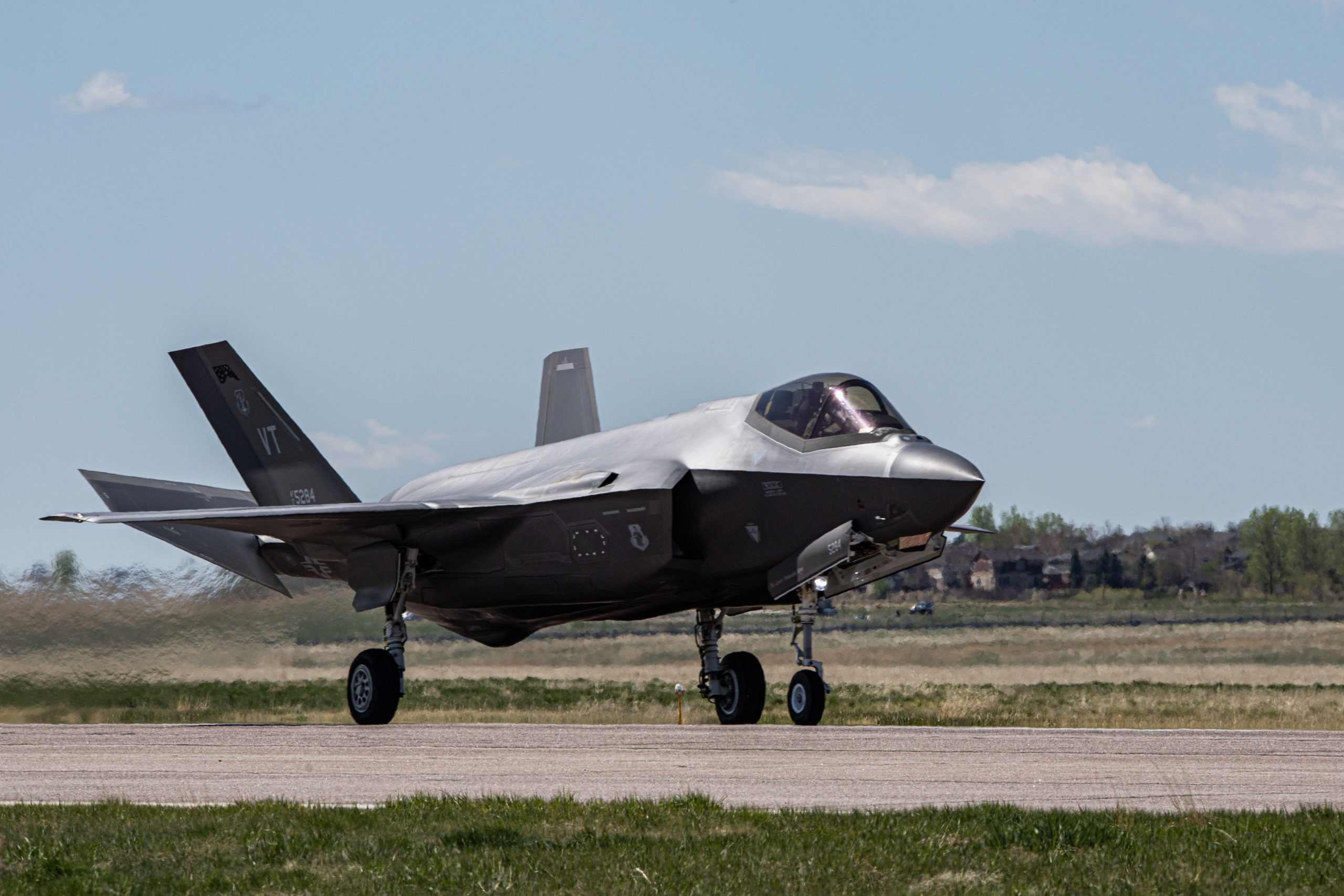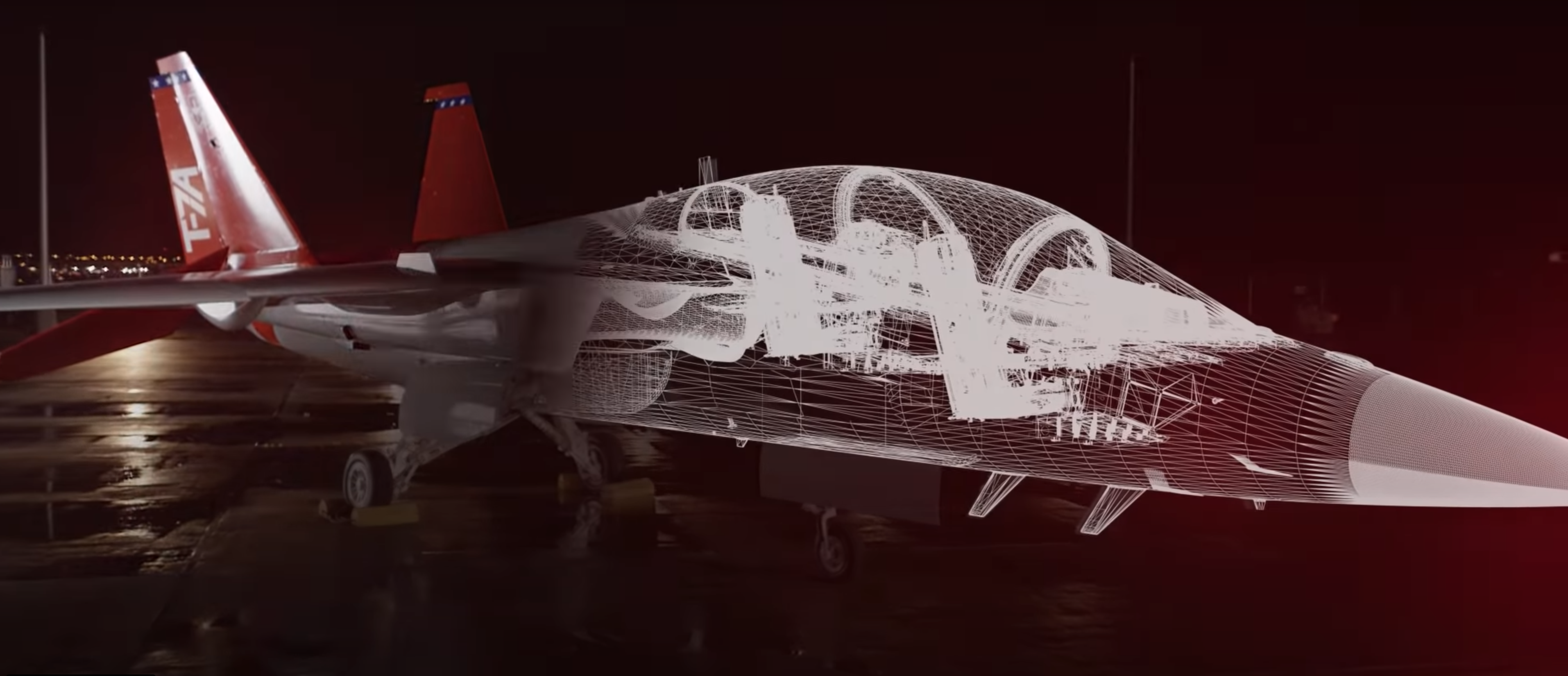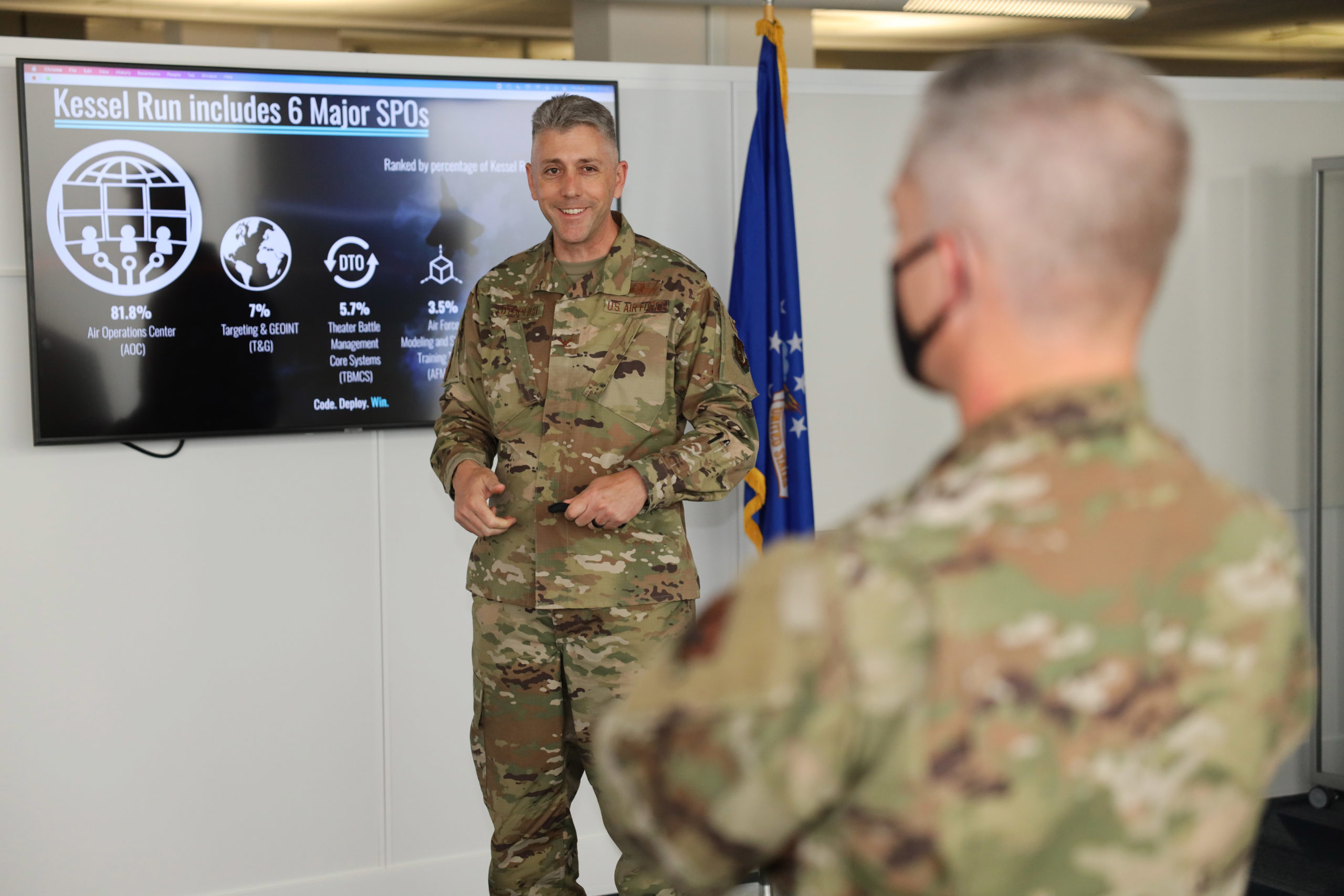President Joe Biden will announce he is nominating Air Force Chief of Staff Gen. Charles Q. Brown Jr. as the next Chairman of the Joint Chiefs of Staff on May 25, a senior administration official confirmed to Air & Space Forces Magazine.
POLITICO first reported Biden’s planned announcement. The confirmation comes a little more than two weeks after reports first circulated that Brown had won the nod to be the president’s senior military adviser.
Biden will make his announcement in the White House’s Rose Garden, with Vice President Kamala Harris and Secretary of Defense Lloyd J. Austin III in attendance, the White House said.
“In Gen. Brown, the President knows he will … benefit from a wealth of military experience, shaped in both peacetime and war—a leader who understands the strategic challenges the United States faces around the world, but who also will ably represent the men and women of our armed forces, as well as their families,” the senior official said. “Gen. Brown has flown alongside allies and partners in combat, served overseas, and commanded at every possible level in the Air Force and in joint commands, to include our forces in Europe, the Middle East, and in Asia.”
Air & Space Forces Association president and CEO, retired Lt. Gen. Bruce “Orville” Wright, hailed Biden’s choice of Brown as the “right choice at the right time for our nation’s security.”
“Gen. Brown’s unparalleled operational experience, his enormous knowledge of the China threat and INDOPACOM [area of responsibility] and his tenure as Air Force Chief of Staff combine to make him the best possible choice to become Chairman of the Joint Chiefs and the senior military advisor to the President and the Secretary of Defense,” Wright said in a statement. “The fact that he is also an Airman—the first in 18 years to hold the post is also critically important. The threats our nation and allies face today, both in the Indo-Pacific and in Europe, are dangers that must be knowledgeably understood and addressed in the air and space domains and across the full spectrum of the joint fight.”
If confirmed by the Senate, Brown will succeed Army Gen. Mark Milley and become the first Air Force general to hold the position since Gen. Richard Myers stepped down in 2005—and only the fifth Airman in the 73-year history of the job.
His path in the Senate may be rocky, however—Sen. Tommy Tuberville (R-Ala.) has placed a legislative hold on all general and flag officer promotions to protest the Biden administration’s policy to reimburse troops who travel out-of-state to obtain an abortion. It is unclear if Democrats will vote on Brown’s nomination while roughly 200 other promotions remain in limbo.
Brown’s Backstory
An F-16 fighter pilot by trade, Brown would bring nearly four decades of military service to the nation’s top military job, including stints as a commander in the Pacific and Middle East. He would also be the second Black service member to serve as Chairman, following Army Gen. Colin Powell, who served as chairman from 1989 to 1993.
Commissioned in 1984, Brown was both an instructor and the commander of the U.S. Air Force Weapons School, among the hardest schools in the military and the embodiment of the concept of Top Gun warfighters. He also led fighter wings in South Korea and Italy before taking on key positions in major commands at the heart of U.S. national security.
In 2014, Brown was the director of operations for strategic deterrence and nuclear integration for U.S. Air Forces in Europe, shortly after Russia invaded Crimea; from 2015 to 2016, he commanded U.S. Air Forces Central as the U.S. and its allies conducted an air campaign against the Islamic State group; and from 2018 to 2020, he led Pacific Air Forces just as the U.S. shifted its strategic focus from counterterrorism in the Middle East to deterring China in the Pacific.
Tenure as Chief of Staff
Shortly after ascending to Chief of Staff of the Air Force in 2020, Brown articulated his vision for the service in a document titled “Accelerate Change or Lose,” a phrase that became his mantra for cutting bureaucracy and promoting innovation across the service.
“I’d rather be uncomfortable than lose. That’s exactly why I wrote ‘Accelerate Change or Lose,’” Brown said in March. “As Airmen, we must think differently about what it means to fly, fight, and win. Because we know that our speed, agility, and lethality are exponential force multipliers to any global military operation.”
As part of that approach, Brown has urged Airmen to adopt a faster, more risk-tolerant mindset in pursuit of new tactics and technologies in order to defeat China and Russia in a possible conflict.
In March, he unveiled his future operating concept to inform the Air Force’s future force design, emphasizing the importance of Airpower in any conflict.
In addition to his push to cut bureaucracy, Brown has also made removing gender and racial disparities from the Air Force a top priority, as the Department of the Air Force has ordered sweeping reviews into the state of those disparities.
Prior to his confirmation as the first ever Black Air Force Chief of Staff, Brown released a video in the wake of the police killing of George Floyd and the ensuing nationwide protests about racial bias. In that video, which generated national headlines, Brown discussed his own challenges while rising through the predominantly-White ranks of the Air Force fighter pilot corps.
“I’m thinking about the pressure I felt to perform error-free, especially for supervisors I perceived had expected less from me as an African-American,” Brown said in that video. “I’m thinking about having to represent by working twice as hard to prove their expectations and perceptions of African Americans were invalid.”
What He’ll Face
As Chairman of the Joint Chiefs of Staff, Brown will face both social and strategic challenges, as the military not only strives to stay ahead of China but also struggles to attract new talent at a time where declining propensity to serve is hurting recruitment numbers across several of the services. Though the chairman has no operational command authority over the armed forces, Brown would be the top military adviser to Biden and Austin.
As a native Texan, Brown also brings decades of experience smoking Texas brisket low and slow, as well as a lifelong love for the superhero Spider-Man.
Brown’s selection as Chairman of the Joint Chiefs also creates a vacancy for the Air Force’s top job.
